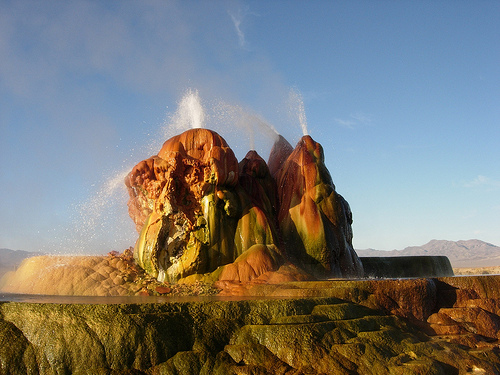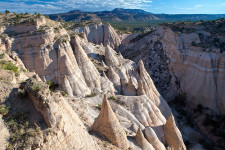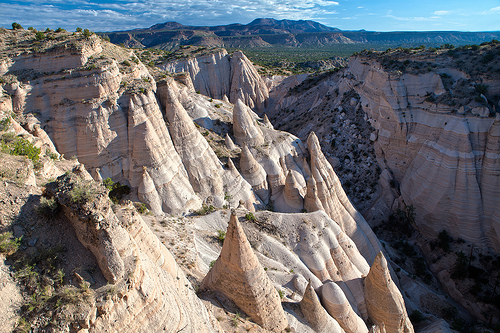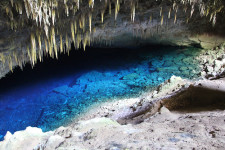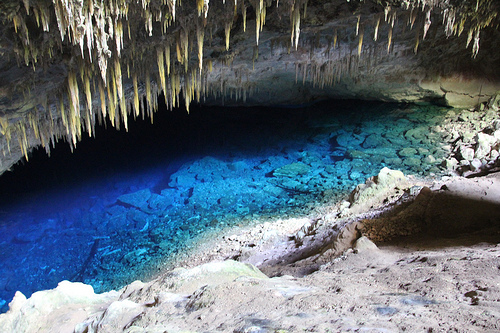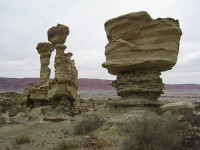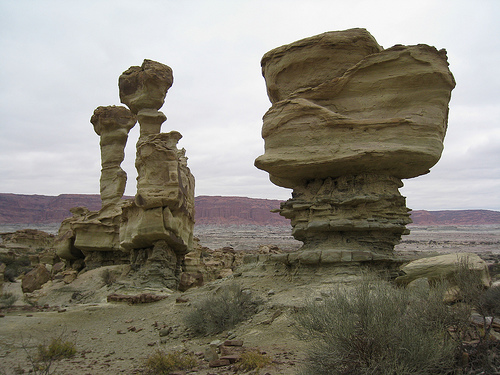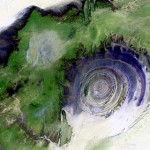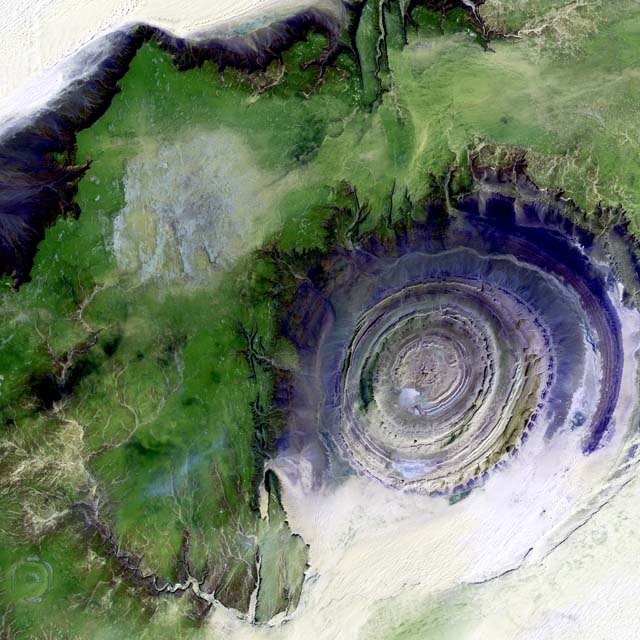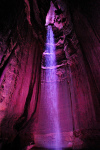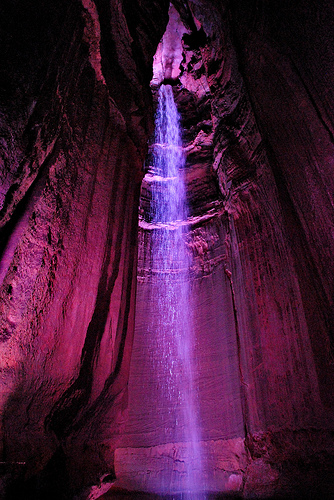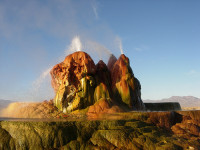
Fly Geyser is a supernatural natural monument.
- The manmade Fly Geyser is a hot-water geyser located near the town of Gerlach, in the county of Washoe, in Nevada, in the United States.
- ‘Fly Geyser’ is also known as ‘Fly Ranch Geyser’ and ‘Green Geyser’.
- Fly Geyser began its life in 1964 after a well was drilled, in the hope it would provide hot water for geothermal energy purposes, however, the water only reached an unsuitable temperature of 93 degrees Celsius (200 degrees Fahrenheit).
- Soon after the well was either sealed, or left open, in 1964, water escaped from the ground, and has continued over many years, leaving mineral deposits that have formed a mound known as ‘Fly Geyser’.
- Fly Geyser reached a height of approximately 1.5 metres (5 feet) and spread 3.7 metres (12 feet) in width in 2014, however the Geyser keeps growing in size due to the minerals that exist in the water.
Fly Geyser
Image courtesy of Ken Lund/Flickr
- As of 2014, Fly Geyser was located on private land at Fly Ranch, and as a result could not be visited directly without private permission from the owner, who, from 1998, was the Jaksick family, although the geyser can be viewed from the fence line.
- The water shooting out of Fly Geyser can reach heights of around 1.5 metres (5 feet), and there are multiple spouts in the mound.
- The yellow, green, orange and red colours of the Fly Geyser is due to the algae that grows on the form, which prefers warm to hot temperatures, as well as the various minerals that are deposited.
- Occasionally tours are held on Fly Ranch, that have enabled visits to Fly Geyser and another nearby geyser cone that no longer spouts water, however, access to the site has been generally difficult to secure, although there has been talk of opening it to the public, for some time.
- Water from Fly Geyser has created numerous pools of water on the ground, that have attracted wildlife such as fish and birds.
Bibliography:
Fly Geyser, 2014, Atlas Obscura, http://www.atlasobscura.com/places/fly-ranch-geyser
Fly Geyser, 2015, Road Trippers, https://roadtrippers.com/us/washoe-county-nv/nature/fly-geyser
Fly Geyser, 2015, Wikipedia, http://en.wikipedia.org/wiki/Fly_Geyser
McCann J, There she blows: The incredible pictures of a man-made geyser in the middle of the Nevada Desert, 2013, Daily Mail Australia, http://www.dailymail.co.uk/news/article-2363926/There-blows-The-incredible-pictures-man-geyser-middle-Nevada-Desert.html





